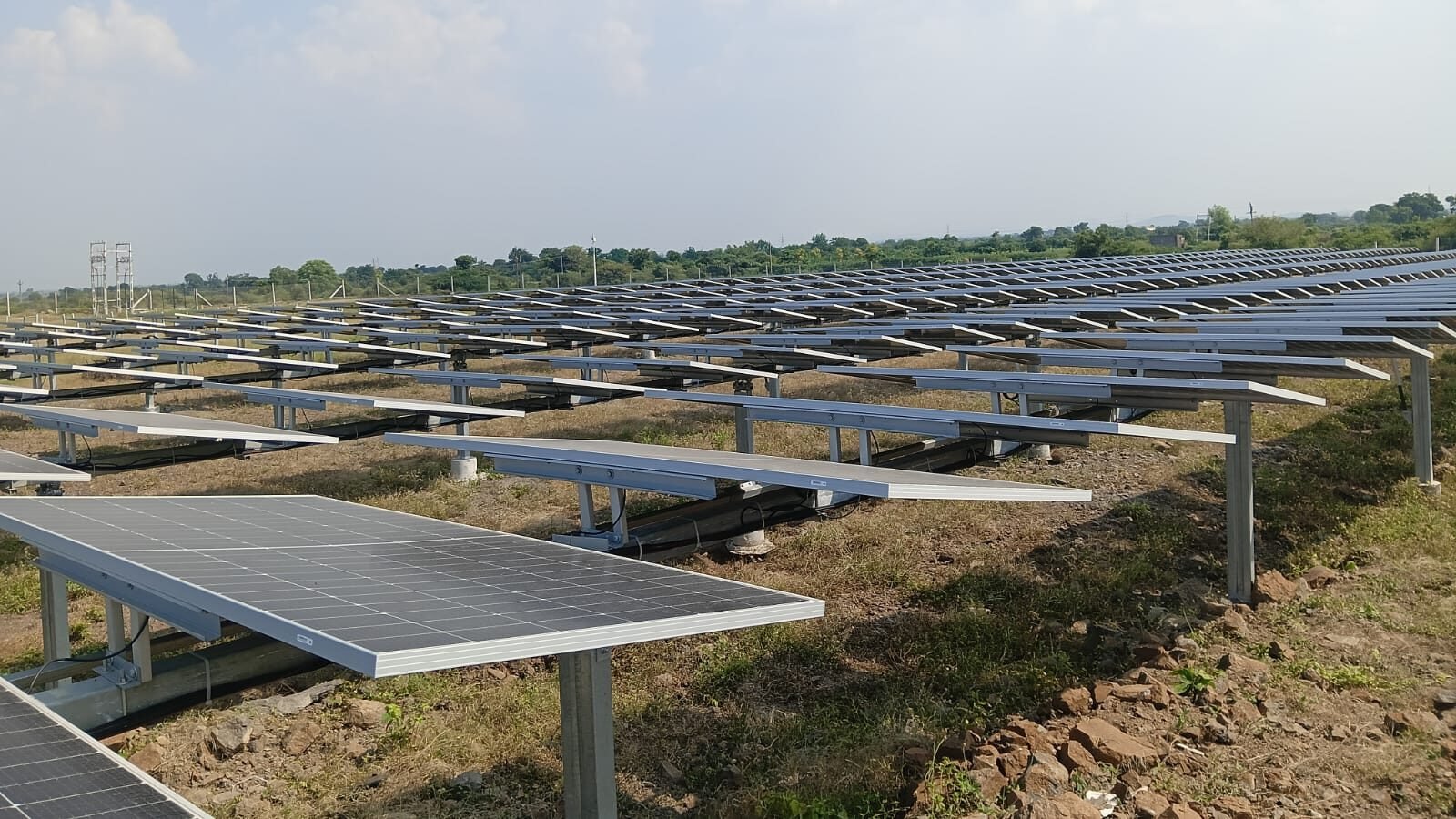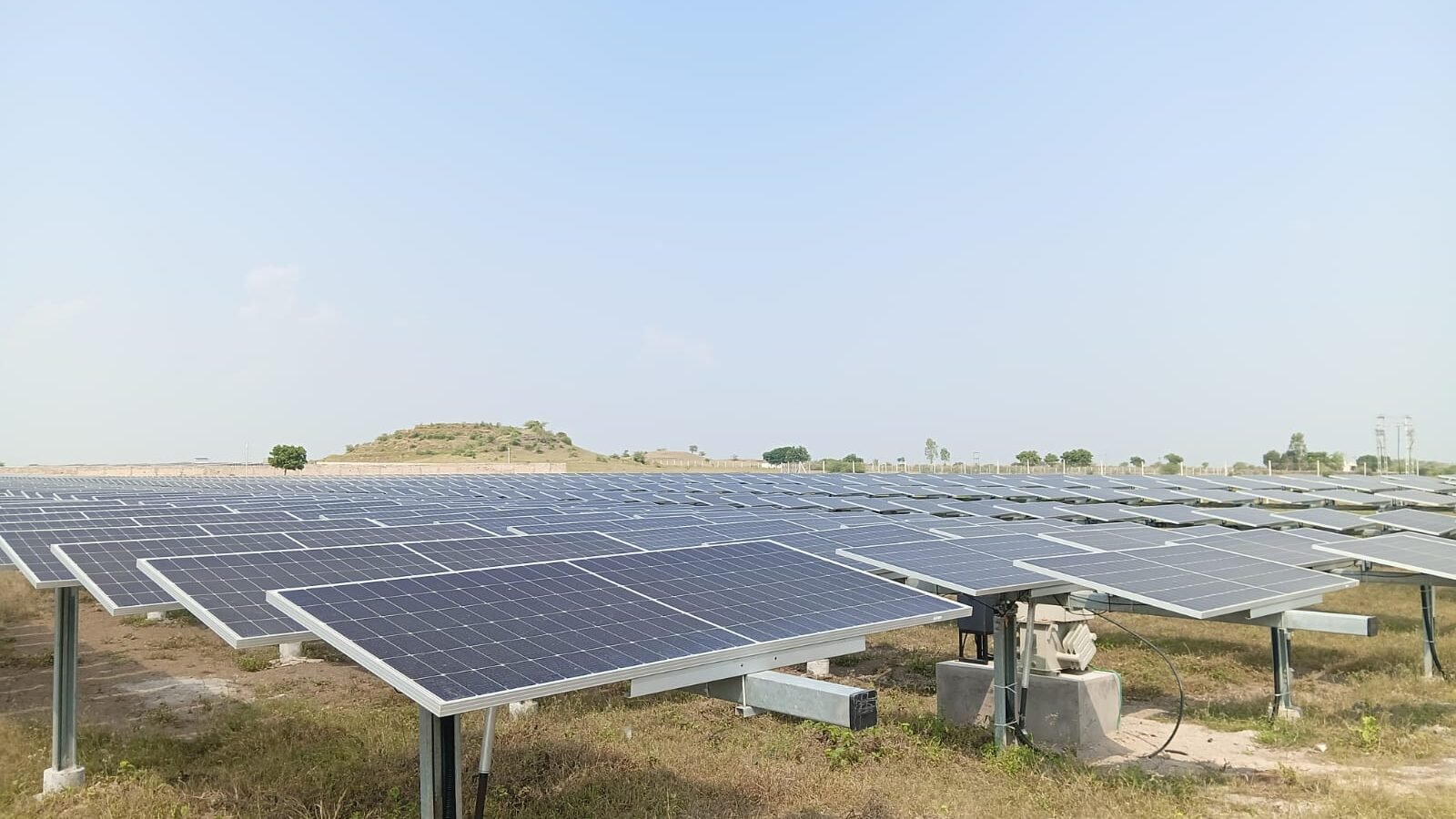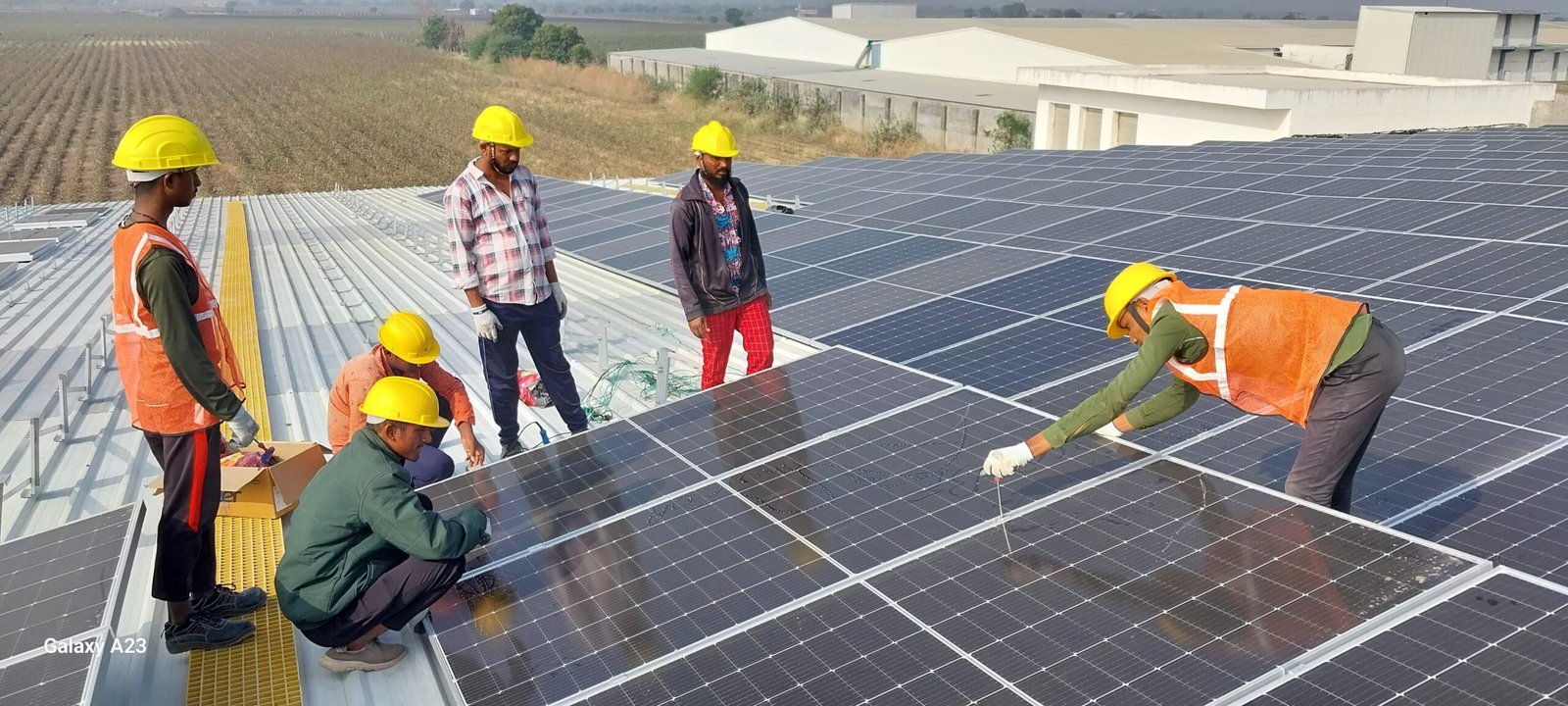As the world accelerates its shift towards renewable energy, solar power plants have emerged as a leading source of sustainable power generation. Designing a solar plant, however, involves a meticulous process with many technical, economic, and environmental considerations. Here, we’ll dive into the crucial aspects of solar power plant design, exploring the various components, site selection, technical requirements, and the impact on overall efficiency.
Table of Contents
Understanding Solar Power Plant Design
Solar power plant design is the process of planning, modeling, and structuring solar facilities to optimize energy output and efficiency. A well-designed solar power plant maximizes power generation, minimizes operational costs, and ensures long-term functionality.
Solar power plants are primarily of two types:
- Photovoltaic (PV) Solar Power Plants: These use solar panels to convert sunlight into electricity.
- Concentrated Solar Power (CSP) Plants: These use mirrors or lenses to concentrate sunlight onto a small area, converting it to heat to drive a steam turbine and generate electricity.
This guide will primarily focus on PV solar power plant design, which is more common for utility-scale projects.
Site Selection and Assessment
The location of a solar power plant is foundational to its design. The site selection process includes:
- Solar Irradiance: Sites with high sunlight exposure are ideal. Regions close to the equator or with low cloud cover receive more solar irradiance, enhancing energy production.
- Climate Conditions: Temperature, humidity, and seasonal variations can impact efficiency and component lifespan.
- Land Area: A large, unobstructed land area is necessary for installing solar panels and ensuring there are no shadows from nearby structures.
- Soil and Terrain: Flat terrain is preferable for installing solar panels as it reduces installation complexity and costs. Soil stability is also assessed to ensure that mounting structures remain firm.

Key Components of Solar Power Plant Design
A solar power plant consists of several primary components, each with its specific design requirements:
1. Solar Panels
- The solar panels are the most critical component of a solar power generator. They absorb sunlight and convert it into electrical energy. The number of solar panels required will depend on the energy required to power the tools and equipment on the job site. The primary component for generating electricity, solar panels convert sunlight into direct current (DC).
- Monocrystalline panels are preferred for higher efficiency, while polycrystalline panels are more cost-effective.
2. Inverters
- The inverter converts the DC (direct current) energy stored in the battery into AC (alternating current) energy that can be used to power the tools and equipment. Inverters convert DC electricity generated by solar panels into alternating current (AC), which is compatible with grid systems.
- Central inverters are common in large-scale projects, while string inverters offer flexibility in design for smaller systems.
3. Mounting Structures
- Fixed Tilt Mounts: These structures hold panels at a fixed angle, ideal for regions with consistent sunlight throughout the year.
- Tracking Systems: Single-axis or dual-axis trackers adjust the panel’s angle to follow the sun’s movement, increasing energy production by 15-25%.
4. Cabling and Wiring
- Proper cabling ensures minimal energy loss and safety. Direct current (DC) cables connect panels to inverters, while alternating current (AC) cables transmit power to the grid.
5. Energy Storage Systems (Optional)
- Battery Storage: Storing excess energy generated during peak sunlight hours provides power during low sunlight periods and enhances the stability of the solar power plant.
6. Monitoring Systems
- Digital monitoring systems help track performance, detect issues, and improve efficiency. These include sensors for temperature, irradiance, and output, which send data to a central system for analysis.

Designing for Maximum Efficiency and Output
For a high-performing solar power plant, certain design strategies enhance efficiency:
1. Site Selection
Choose a location with maximum direct sunlight throughout the day, avoiding areas with significant shade from trees or buildings.
2. Panel Orientation and Tilt
In the Northern Hemisphere, panels should face true south for optimal sunlight capture. Adjust the tilt angle based on the site’s latitude to maximize sunlight absorption throughout the year.
3. Solar Panels
Select panels with the highest efficiency rating to generate more electricity per unit area. Consider bifacial panels that capture sunlight from both sides for increased energy production.
4. Real-Time Monitoring and Maintenance Planning
Monitoring systems help detect performance issues early, reducing downtime and improving the plant’s output over its lifetime. Invest in a remote monitoring system that tracks key metrics (e.g., panel temperature, inverter efficiency, and energy production). Predictive maintenance technology can forecast potential issues before they affect output, further improving reliability.
5. Inverter Choice and Configuration
Inverters convert the DC power generated by the panels into usable AC power, so efficiency here is critical. Choose high-efficiency inverters (98% or higher). Central inverters are effective for uniform sunlight exposure, while microinverters or string inverters work well in areas with shading variability.
Smart inverters with grid support capabilities optimize grid integration and overall plant performance.
6. Durable and Efficient Mounting Systems
Reliable mounting structures maintain panel stability and can influence energy capture by allowing optimal panel angles and airflow. Use corrosion-resistant, elevated mounting systems to withstand local environmental conditions. Elevated mounts promote airflow beneath panels, which cools them, helping to maintain efficiency, especially in hot climates.
7. High-Efficiency Panel Selection
Choosing high-quality panels improves the plant’s output and reduces long-term maintenance needs. Monocrystalline panels offer higher efficiency than polycrystalline or thin-film options. Bifacial panels, which capture sunlight on both sides, are particularly useful in reflective environments to maximize energy production.
8. Environmental and Financial Feasibility Analysis
Evaluating the environmental impact and economic feasibility helps ensure compliance, long-term sustainability, and optimal ROI. Conduct an environmental impact assessment to meet regulatory requirements and minimize ecological disruption. Calculate the levelized cost of electricity (LCOE) to assess the project’s financial return, balancing initial investment with anticipated energy production.
Economic Considerations in Solar Power Plant Design
Solar power plant design is also influenced by economic factors. Key aspects include:
- Capital Investment and ROI: The initial investment for solar power plant construction includes land, panels, inverters, and other infrastructure. Calculating potential Return on Investment (ROI) based on energy production and local tariffs helps to estimate profitability.
- Operational and Maintenance Costs: Solar plants have relatively low O&M costs, but regular inspections, cleaning, and maintenance are essential to maintain efficiency.
- Incentives and Subsidies: Many governments offer financial incentives and tax breaks for solar installations, which can significantly impact project feasibility.

Environmental Impact and Compliance
Designing a solar power plant requires careful attention to environmental factors and compliance with regulatory standards:
- Environmental Assessment: This includes analyzing the impact on local flora and fauna, land usage, and potential disturbances during construction.
- Energy Yield Calculation: An accurate prediction of the plant’s energy output, or yield, helps in assessing environmental impacts and efficiency.
- Permits and Regulations: Compliance with local, regional, and national regulations is mandatory, covering aspects like grid connectivity, land usage, and environmental sustainability.
Simulation and Modeling Tools for Solar Power Plant Design
Advanced software tools help in modeling and optimizing solar power plant design. These include:
1. PVsyst
PVsyst is one of the most popular tools for designing and simulating photovoltaic systems. It helps designers calculate system performance and energy yields based on various site parameters.
2. Helioscope
HelioScope is a cloud-based solar design and performance modeling tool that enables users to create accurate, high-fidelity models of solar power plants.
3. SAM (System Advisor Model)
Developed by the U.S. Department of Energy, SAM is a free software that provides performance modeling and financial modeling for renewable energy projects, including solar.
4. HOMER (Hybrid Optimization of Multiple Energy Resources)
HOMER is a widely used tool for designing microgrids, hybrid systems, and renewable energy plants. It helps optimize system size, layout, and technology mix to minimize costs and maximize energy production.
5. OpenSolar
OpenSolar is a cloud-based platform for solar designers to create detailed proposals and optimize system performance.
6. SolarGIS
SolarGIS is a solar energy data provider and performance simulation tool used to estimate energy production based on geographic location, weather patterns, and other environmental conditions.
Conclusion: The Future of Solar Power Plant Design
Innovations in solar power plant design continue to evolve, integrating newer technologies like bifacial panels, floating solar installations, and artificial intelligence for predictive maintenance. As solar technology advances and costs decrease, solar power plants will play an increasingly significant role in the global energy landscape, powering homes, industries, and communities with clean, renewable energy.
By considering technical, economic, and environmental aspects, designers can create efficient, sustainable, and profitable solar power plants that pave the way for a greener future.
Ready to harness the power of the sun? Start designing your efficient solar power plant today! Contact us for expert guidance and customized solutions to bring your solar project to life.
